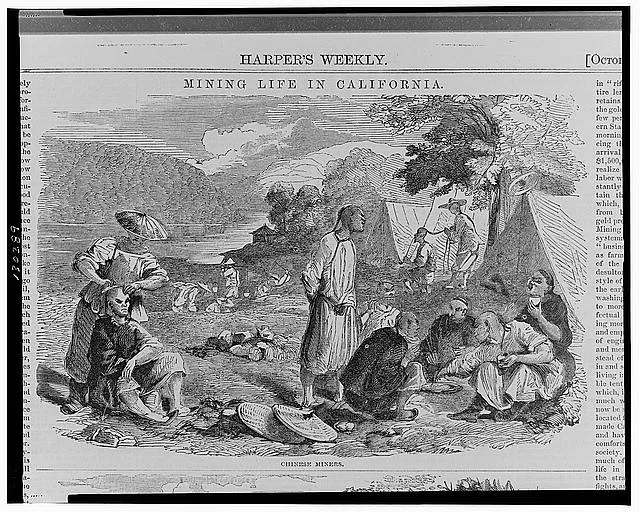Chinese Immigration During Gold Rush Era — Reading Comprehension
Premium Resource
Grades
- 6
- 7
- 8
Standards
- D2.HIS.2.3-5
- D2.HIS.3.3-5
- RI.4.3
- RI.4.4
- W.4.2
PRINT+DIGITAL RESOURCE
This learning resource is available in interactive and printable formats. The interactive worksheet can be played online and assigned to students. The Printable PDF version can be downloaded and printed for completion by hand.
About This Reader
This history reading passage explores the causes, experiences, and consequences of Chinese immigration during the Gold Rush era in the United States. Students will examine the motivations for Chinese migration, their contributions and hardships, and the complex reactions of American society. The passage uses a problem/solution and compare/contrast structure, analyzes multiple perspectives, and integrates a primary source excerpt to model historical reasoning. Key disciplinary vocabulary is highlighted and explained, supporting Common Core and C3 standards. Activities include a multiple-choice quiz, writing prompts that encourage evidence-based explanations, and a timeline to organize historical events. A glossary supports comprehension of challenging words. The passage is available in English and Spanish, and read aloud audio is provided for accessibility. This resource aligns with D2.His.2.3-5, D2.His.3.3-5, RI.4.3, RI.4.4, and W.4.2 standards, making it ideal for developing historical thinking and literacy skills.
Perfect For:
👩🏫 Teachers
- • Reading comprehension practice
- • Auto-graded assessments
- • Literacy skill development
👨👩👧👦 Parents
- • Reading practice at home
- • Comprehension improvement
- • Educational reading time
🏠 Homeschoolers
- • Reading curriculum support
- • Independent reading practice
- • Progress monitoring
Reading Features:
📖
Reading Passage
Engaging fiction or nonfiction text
❓
Comprehension Quiz
Auto-graded questions
📊
Instant Feedback
Immediate results and scoring
📄
Printable Version
Download for offline reading
🔊
Read Aloud
Voice-over with word highlighting























